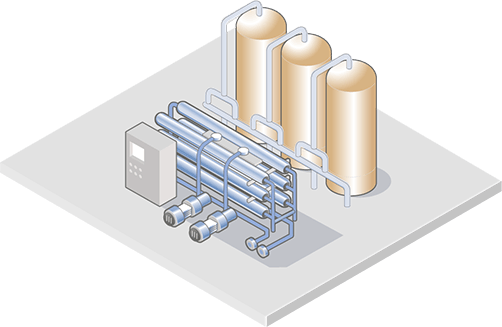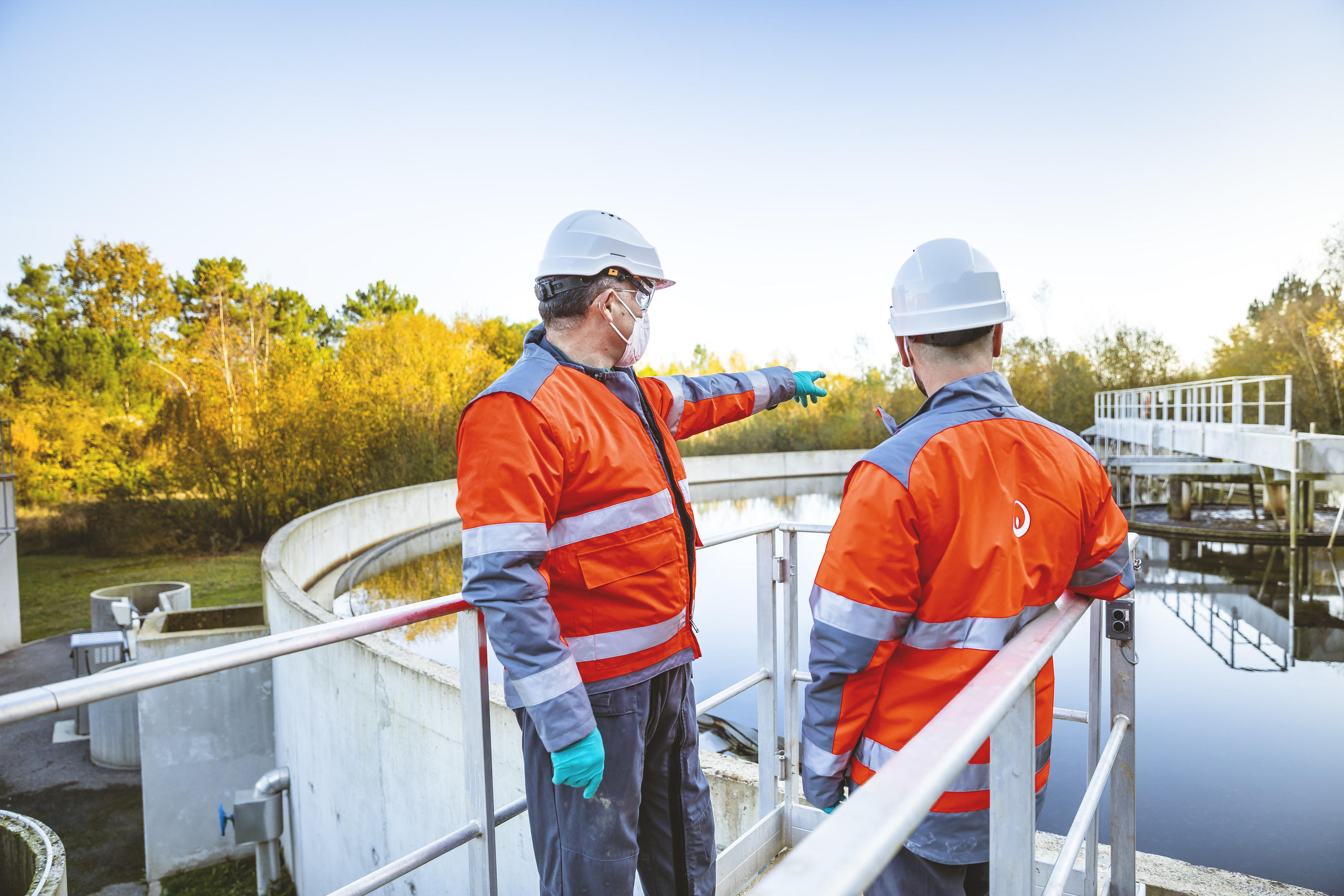Industrial Waste Water Treatment-- Advanced Solutions for Cleanser Effluents
Industrial Waste Water Treatment-- Advanced Solutions for Cleanser Effluents
Blog Article
Developments and Advances in Hazardous Waste Water Treatment Technologies
The landscape of commercial wastewater treatment is undertaking a transformative shift, driven by technologies that improve both efficiency and sustainability. Emerging technologies, such as membrane layer bioreactors and microbial gas cells, are redefining pollutant elimination processes while adding to power generation. Source healing techniques are getting traction, straightening with circular economic climate concepts. As regulative criteria evolve, the combination of AI and artificial intelligence right into wastewater management systems guarantees to simplify procedures and guarantee compliance. The full ramifications of these innovations elevate critical questions regarding their scalability and long-lasting influence on industry practices.
Summary of Waste Water Treatment Technologies
Wastewater treatment modern technologies incorporate a variety of techniques made to remove impurities from commercial effluents before their release right into the atmosphere. These innovations are vital for maintaining ecological equilibrium and making certain conformity with environmental regulations. The key groups of wastewater treatment consist of physical, chemical, and organic methods, each offering distinct objectives based upon the nature of the contaminants existing.

Organic treatment techniques utilize microbes to deteriorate organic issue, making them specifically efficient for organic-rich effluents. Strategies like turned on sludge and biofilm activators harness the natural degradation abilities of germs, bring about significant reductions in biochemical oxygen demand (FIGURE)
Advanced Purification Techniques
Advanced filtration techniques represent an essential advancement in the world of commercial wastewater therapy, enhancing the effectiveness of pollutant removal processes. Industrial Waste Water Treatment. These techniques include a variety of innovations, including microfiltration, ultrafiltration, nanofiltration, and reverse osmosis, which offer sequential barriers for various particle sizes and chemical structures
Microfiltration and ultrafiltration utilize membrane layer systems to get rid of put on hold solids, germs, and larger organic molecules, improving the top quality of effluent before additional therapy. Nanofiltration links the void in between ultrafiltration and reverse osmosis, efficiently removing divalent ions and organic compounds, therefore decreasing the load on downstream processes.
Reverse osmosis supplies the highest possible degree of purification by allowing just water and little molecules to go through its semi-permeable membranes, making it excellent for recovering top notch water from industrial effluents. Recent innovations in membrane layer innovation, including the development of even more fouling-resistant and resilient products, have actually considerably boosted functional efficiency and lowered costs.
Incorporating these sophisticated filtration strategies not only improves the overall therapy process yet also adds to sustainability efforts by allowing water reuse and source healing in commercial settings. (Industrial Waste Water Treatment)
Organic Treatment Technologies

Additionally, the growth of engineered organic systems, such as membrane bioreactors (MBRs), integrates organic treatment with sophisticated membrane layer filtering. This assimilation permits greater effluent quality and decreased impact, making it appropriate for space-constrained industrial centers. Developments in genetically crafted bacteria have actually likewise emerged, improving the biodegradation of specific impurities, such as pharmaceuticals and hefty metals, that are generally challenging to eliminate.
Additionally, the application of bioaugmentation strategies, where valuable microbes are Industrial Waste Water Treatment presented to enhance the existing organic therapy processes, has actually revealed appealing cause improving therapy efficiency. These developments collectively indicate a trend in the direction of even more sustainable and effective biological therapy methodologies that can adapt to the advancing complexities of industrial wastewater streams. As markets proceed to prioritize environmental conformity, these organic innovations will play an essential role in wastewater administration.

Source Recuperation Techniques
In industrial view it setups, the combination of resource healing approaches has actually become significantly crucial for enhancing sustainability and decreasing waste. These techniques concentrate on extracting important products and energy from wastewater streams, therefore transforming potential contaminants right into recyclable sources.
One famous approach is nutrition recovery, where nitrogen and phosphorus, commonly present over in wastewater, are captured and transformed right into fertilizers. This not just reduces ecological influences however additionally provides a round economy service for farming applications. Additionally, innovations such as anaerobic food digestion permit the conversion of natural waste right into biogas, a renewable resource resource that can offset nonrenewable fuel source usage in commercial operations.
Additionally, progressed purification and membrane innovations promote the recovery of industrial spin-offs such as steels and salts. These recovered materials can be reintegrated right into manufacturing procedures, reducing the requirement for virgin resources.
Future Patterns in Drainage Management
As industries progressively prioritize sustainability, the future of wastewater administration is readied to undertake substantial transformations. Technological developments, such as expert system and equipment understanding, will certainly enable extra reliable monitoring and management of wastewater systems. These technologies can predict maintenance needs, optimize treatment processes, and boost decision-making, inevitably reducing functional prices and ecological influence.
Furthermore, the assimilation of circular economic climate principles will play an important role in wastewater management. Industries are anticipated to change in the direction of systems that not just treat wastewater yet additionally recoup useful sources, such as nutrients, water, and energy. This transition will certainly lessen waste and promote the reuse of materials, straightening with international sustainability goals.
Emerging therapy methods, such as membrane bioreactors and advanced oxidation procedures, will further boost the efficiency of wastewater treatment, enabling better effluents suitable for reuse. In addition, regulative frameworks are most likely to progress, emphasizing stricter criteria for wastewater discharge and encouraging industries to take on innovative therapy services.
Conclusion
In verdict, the evolution of industrial wastewater therapy modern technologies shows a significant shift in the direction of boosted performance and sustainability (Industrial Waste Water Treatment). Developments in sophisticated purification strategies, biological treatments, and resource healing techniques highlight the sector's dedication to ecological stewardship.
The landscape of industrial wastewater therapy is undertaking a transformative change, driven by technologies that enhance both efficiency and sustainability.Wastewater treatment innovations include a variety of techniques created to get rid of impurities from commercial effluents prior to their launch right into the environment.Harnessing the power of biological processes has led to significant innovations in the treatment of commercial wastewater.In addition, the execution of bioaugmentation approaches, where beneficial microbes are presented to boost the existing organic therapy procedures, has actually shown promising results in boosting therapy efficiency. These developments collectively signify a fad in the direction of even more sustainable and efficient organic therapy approaches that can adapt to the evolving intricacies of commercial wastewater streams.
Report this page